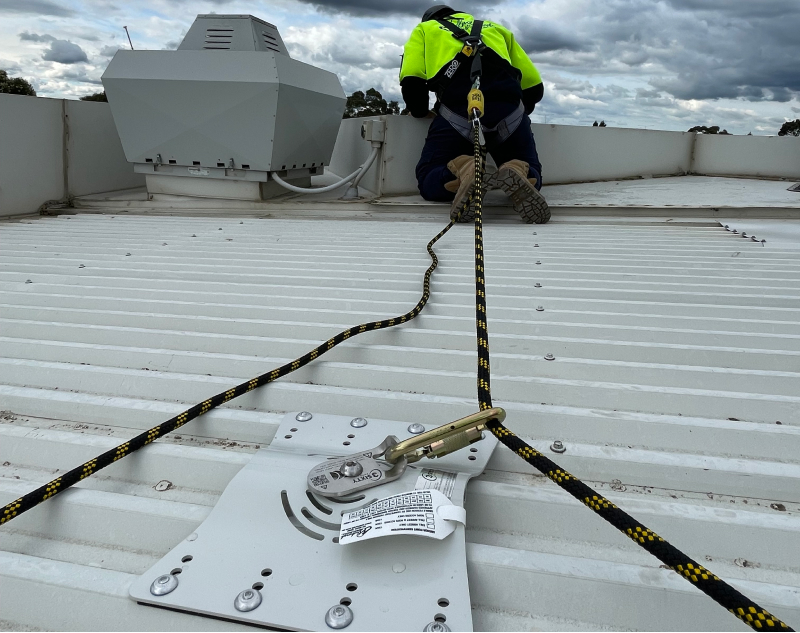
Image Source: Google
Working at heights can be dangerous, but with the right safety measures in place, the risks can be minimized. One crucial aspect of working safely at heights is the installation of roof anchor points. Roof anchor points are essential for securing yourself and your equipment when working on roofs or other high structures. In this guide, we will discuss the importance of roof anchor points and provide a step-by-step guide for their installation.
The Importance of Roof Anchor Points
Rooftop work is inherently risky, but with the right safety equipment in place, the chances of accidents can be greatly reduced. Roof anchor points are a vital component of any fall protection system for working at heights. Here are some reasons why roof anchor points are important:
Prevent Falls
- Roof anchor points provide a secure attachment point for your fall protection equipment, such as harnesses and lanyards, to prevent falls from heights.
Compliance with Regulations
- Occupational Health and Safety regulations require the use of fall protection equipment when working at heights. Installing roof anchor points ensures compliance with these regulations.
Enhanced Safety
- By using roof anchor points, you significantly reduce the risk of accidents and injuries when working at heights.
Steps for Roof Anchor Point Installation
Now that we understand the importance of roof anchor points, let's go through the steps involved in their installation:
Assessment of the Roof Structure
- Before installing roof anchor points, it is essential to assess the roof structure to determine the best locations for anchor points.
Selection of Anchor Points
- Choose anchor points that are suitable for the roof material and are capable of supporting the intended loads.
Installation Process
- Secure the anchor points to the roof structure using appropriate fasteners and ensure they are installed according to the manufacturer's instructions.
Testing and Certification
- After installation, the anchor points should be tested to ensure they can support the required loads. A certification process may also be necessary to verify the safety and compliance of the anchor points.
Maintenance and Inspections
- Regular maintenance and inspections of roof anchor points are vital to ensure their continued safety and effectiveness. Any signs of wear or damage should be addressed promptly.
Types of Roof Anchor Points
There are several types of roof anchor points available, each designed for specific applications. Here are some common types of roof anchor points:
Rope Access Anchor Points
- Used for rope access work such as window cleaning, maintenance, and inspections.
Fall Arrest Anchor Points
- Designed to prevent falls and protect workers in the event of a fall.
Roof Safety Line Systems
- A system of interconnected anchor points that provide continuous fall protection for workers on rooftops.
Conclusion
Working at heights can be hazardous, but with the proper safety measures in place, the risks can be mitigated. Installing roof anchor points is a critical step in ensuring the safety of workers who perform tasks at heights. By following the steps outlined in this guide and using the right equipment, you can create a safer working environment for yourself and your team.
